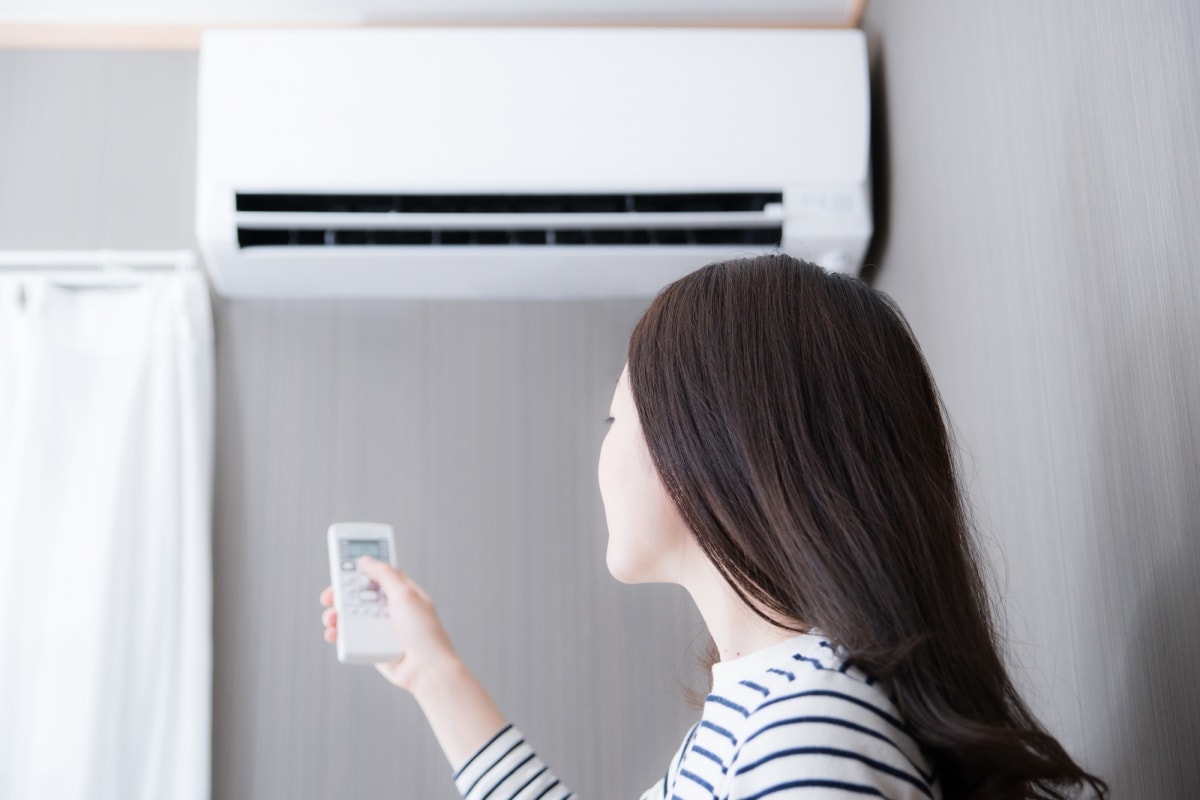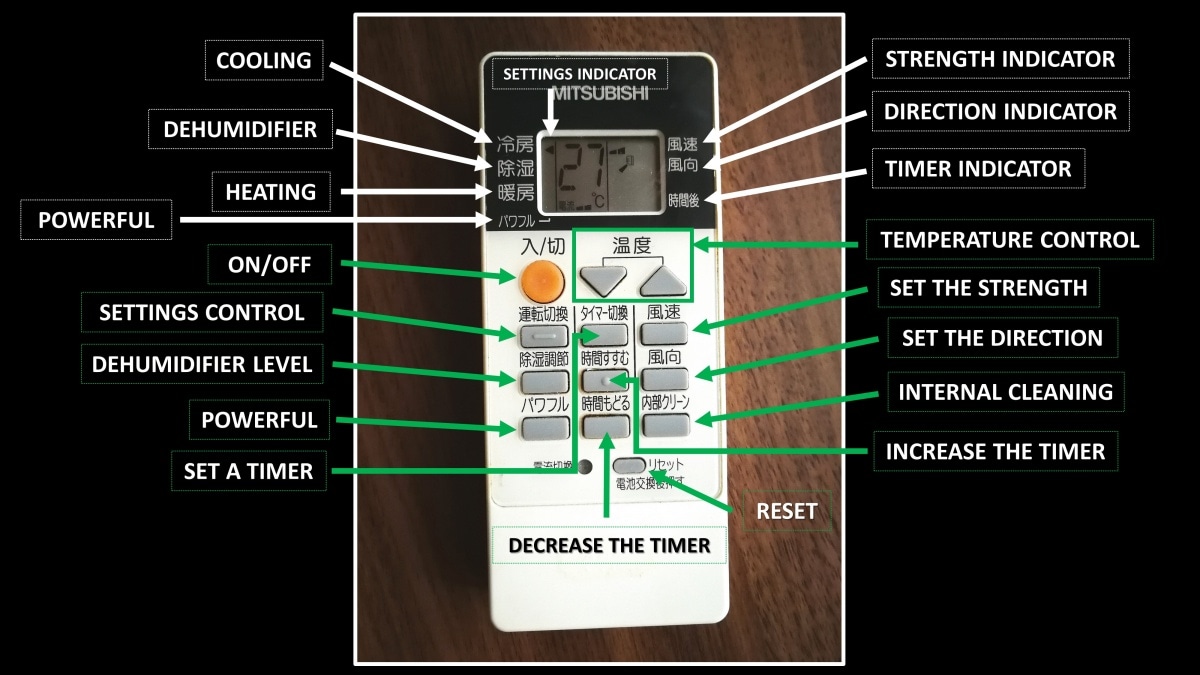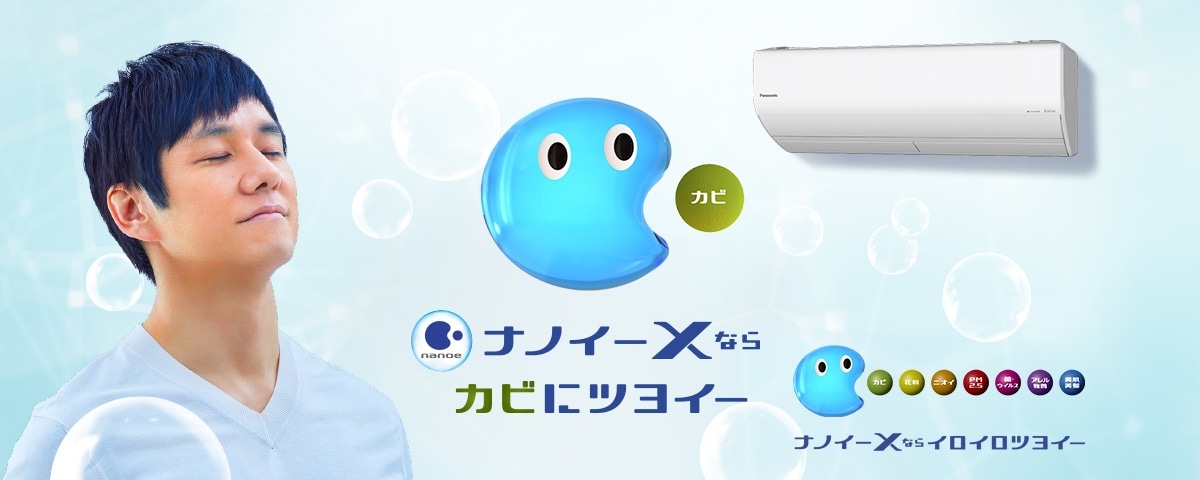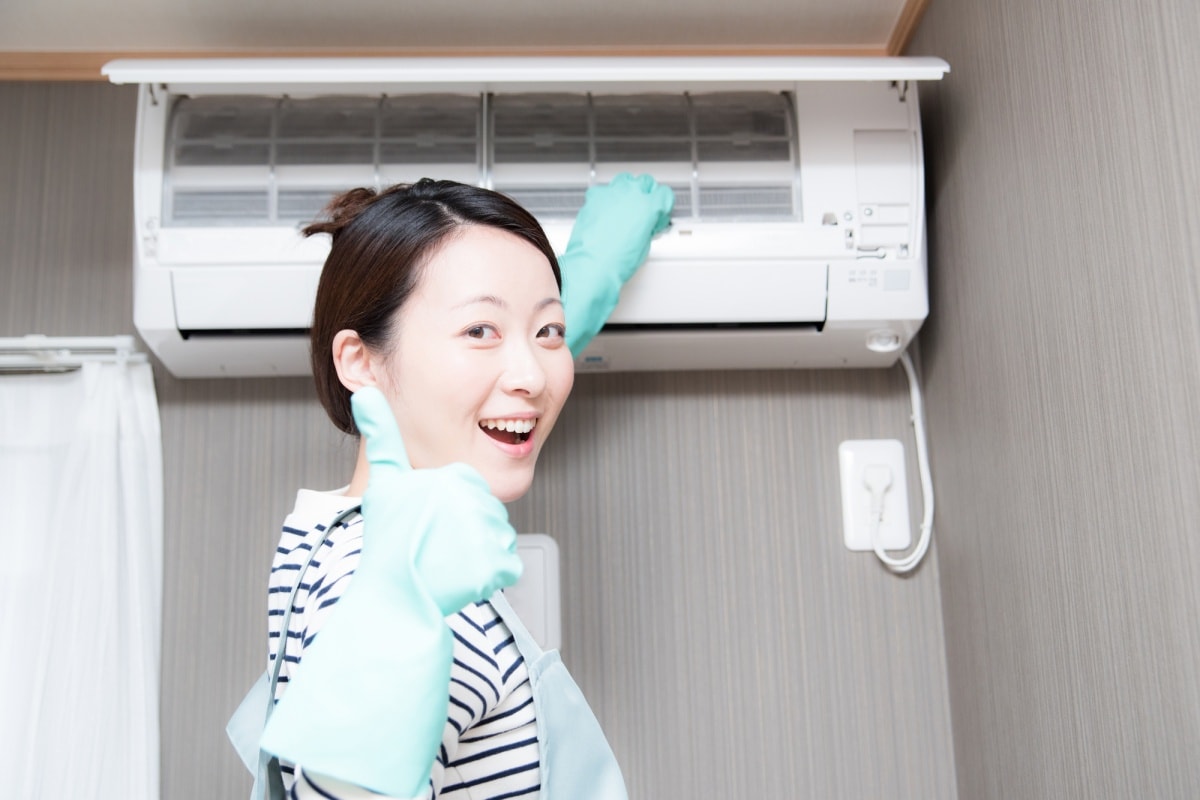How to Navigate a Japanese Air Conditioner
Alongside the world-famous Japanese washlet, Japanese air conditioning units are a staple in modern Japanese homes, fitted with great features to help you beat the humid summers that come every year. They can be tough to navigate if you don't know Japanese, but we can help!
By Robert KodamaJapanese Air Conditioners

https://pixta.jp/
Let's face it: despite the fact that they're chock-full of incredible festivals, Japanese summers are humid and uncomfortable for most people. Beyond mere comfort, the sometimes extreme heat can also pose a health hazard, so there are times in peak summer where an air conditioner is basically essential.
These days, most apartments for rent will come with a basic unit as standard, which will be strong enough to cool (or heat, in winter) one small room of around 6-jo (or six tatami mats). All air conditioning units also have a remote control, which require a pretty solid grasp of Japanese navigate easily. We're here to go over how to read all those tricky kanji characters and—more importantly—learn what they do.
The Remote Control Diagram

http://www.myairportramblings.com
There's no easy way to do this, beyond simply going over each button, one by one. This is pretty much how all the remotes will look, and I've gone through the trouble of labeling each button in English! They're self-explanatory for the most par, but let's go over what each button does.
冷房・reibo・cooling
除湿・joshitsu・dehumidifier
暖房・danbo・heating
パワフル・powafuru・literally "powerful," this shows the strength of the fan
入/切・on/off
運転/停止・unten/teishi・on/off
運転切換・unten kirikae・the settings control, this button lets you change between heating and cooling
除湿調節・joshitsu chosetsu・dehumidifier setting
タイマー切換・taima kirikae・timer setting
時間すすむ・jikan susumu・increase the timer
時間もどる・jikan modoru・decrease the timer
リセット・risetto・reset
時間後・jikan ato・timer indicator (remaining time)
温度 ・ondo・temperature setting
風速・fusoku・fan strength/indicator
風向・fuko・fan direction
There are more buttons depending on the make and model of your particular air conditioner, but these are some of the basics. There are other functions though, so let's check those out as well.
Futuristic Features

https://panasonic.jp/aircon/
As Japan keeps pushing forward with its advancement in technology, keep an eye out for new features popping up everywhere. Some of the current ones you can find already are air conditioners that prevent mold from developing in your rooms, apps that control your air conditioners even if you are halfway across the world, and units that switch on automatically when you return home.
For those who are also concerned about the impact on the environment from using air conditioners, companies all over Japan are also making their units increasing eco-friendly. Just look out for "エコ" or "ECO"/"ECONAVI" labels on the units. You might also see a button that reads 不在ECO (fuzai eco), which helps maintain cool temperatures on a lower power setting while you're not home. There's also 内部クリーン (naibu kurin), which is an internal cleaning feature that ventilates the unit to help prevent odor and mold.
Which brings us to our next point...
Cleaning Your AC

https://pixta.jp/
Cleaning!
The fluctuation in internal temperatures of air conditioning units can result in moisture build up, which in turn can result in unpleasant odors, mildew or mold. Trust us, the last thing you want is to turn on your AC on a hot day and get blasted with tepid, stinky (or worse, moldy) air! The aforementioned internal cleaning feature can help prevent that, but there are a couple of other steps you'll want to take as well.
In most apartments, cleaning an air conditioning unit is the responsibility of the tenant, and while it's not something you might initially think about, the actual cleaning process is really quite simple.

https://pixta.jp/
The first step is to open the front panel on your unit. Once it is open, you'll find one or more thin filters in place—gently remove them from the AC unit.
Take the filters outside (or into a room like your bathroom or shower room) and rinse the filters with water and a cleaning product. Once you've thoroughly rinsed your filters, remove excess moisture with a towel, before placing them in an area where they can continue to dry. Your first instinct might be to use speed up the process with a blow dryer or a heater—don't! This can warp and damage the filter. Once it's dry, place them back in your unit.

https://pixta.jp/
Once you do, your happy unit should blast cool, clean air throughout the room. If there odors or mold persists, it's probably best to contact a professional cleaner to really get in there and clean it out.
Have a cool summer!



